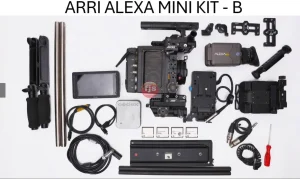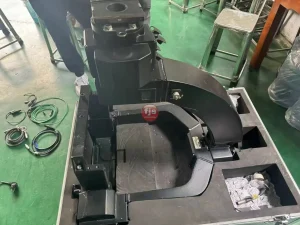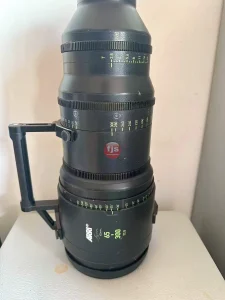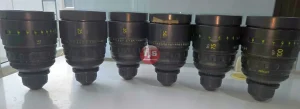Prime lenses, with their fixed focal length, offer a unique set of advantages to photographers. Unlike zoom lenses that provide a range of focal lengths, primes excel in specific areas. Here, we’ll delve into the three main types of prime lenses, highlighting their key features and benefits to help you choose the perfect one for your photographic endeavors.
Key Considerations:
- Focal Length: This determines the angle of view and magnification of your lens. Wider focal lengths (e.g., 35mm) capture a broader scene, while telephoto primes (e.g., 85mm) bring distant subjects closer.
- Aperture: Represented as f-stops (e.g., f/1.8, f/4), aperture controls the amount of light reaching the sensor. Wider apertures (lower f-numbers) allow for faster shutter speeds, beautiful bokeh (background blur), and better low-light performance.
- Image Quality: Due to their simpler design, prime lenses typically boast superior image quality compared to zoom lenses of similar aperture.
The Three Main Types of Prime Lenses:
- Wide-Angle Prime Lenses:
- Focal Length: Typically range from 14mm to 35mm (full-frame equivalent).
- Benefits: Capture expansive scenes, ideal for landscapes, architecture, and astrophotography. Generally lightweight and compact. Often have wider apertures for low-light shooting and creative bokeh effects.
- Examples:
- Canon EF 35mm f/1.4L II USM
- Sony FE 20mm f/1.8 G Master
- Standard Prime Lenses:
- Focal Length: Typically range from 40mm to 60mm (full-frame equivalent).
- Benefits: Considered by many to offer a natural perspective similar to the human eye. Excellent for portraits, street photography, and everyday shooting. Often very affordable and lightweight.
- Examples:
- Nikon AF-S NIKKOR 50mm f/1.8G
- Sony E 50mm f/1.8 OSS
- Telephoto Prime Lenses:
- Focal Length: Typically range from 85mm and upwards (full-frame equivalent).
- Benefits: Compress the background for beautiful bokeh and isolate subjects. Ideal for portraits, sports photography, and wildlife photography. Can offer very fast apertures for exceptional low-light performance.
- Examples:
- Canon EF 85mm f/1.2L II USM
- Sony FE 100mm f/2.8 GM
Conclusion
Prime lenses offer a unique combination of portability, image quality, and affordability. By understanding the three main types – wide-angle, standard, and telephoto – you can choose the prime lens that best complements your shooting style and subjects. Remember, prime lenses encourage you to move your feet and frame your shots thoughtfully, leading to a deeper connection with the photographic process.
Frequently Asked Questions (FAQs):
- Q: Are prime lenses better than zoom lenses? A: It depends on your needs. Primes generally offer better image quality, wider apertures, and are more compact, but lack the versatility of zoom lenses.
- Q: What is the best focal length for a prime lens? A: There’s no single “best” focal length. Consider the type of photography you do. Wide-angle primes are great for landscapes, standard primes excel for portraits, and telephoto primes are ideal for isolating subjects.
- Q: Is it hard to use a prime lens? A: Not necessarily! Primes can encourage creativity as you focus on composition and framing. However, they require you to move around more to achieve the desired framing.







